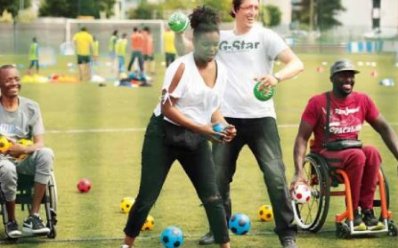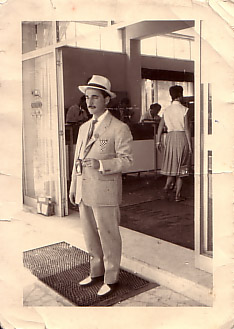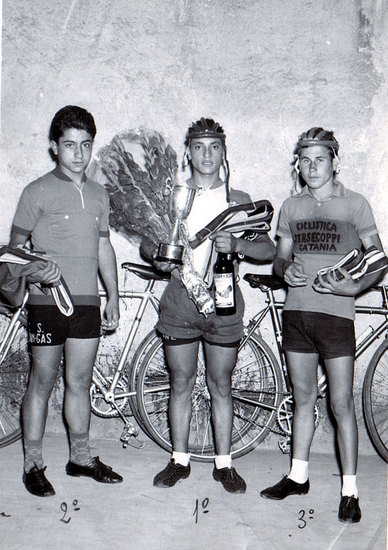Movement is a vital necessity, it has been for thousands of years when man had to move to get food to live or to make war, it continues to be a biological and psychological urge for the newborn who grows and develops through the acquisition of freedom of movement. Sedentary, however, we become so much that after the age of 60 years the level of sports practice of Italians falls below 10%. The rise of sport in our culture is not only linked to the passions aroused by the great competitive challenges, from soccer championships to Olympic gold medals, but is also based on certain ideas that are now an integral part of people’s beliefs.
The first refers to the idea that sport is wellness and the second that sport is education for life. Therefore, if we move to feel good, each individual expresses with this activity the right to have opportunities to exercise and do sports. Precisely to meet this need, sport for all has become a way of being that involves millions of people.
So what are the needs to which sport for all provides an answer?
The need for movement - We live in a society that forces us to lead sedentary lives, walking to work or playing in the street are almost unthinkable activities and we must make up for this reduction in spontaneous movement by institutionalizing moments of the day to be devoted exclusively to physical activity / sports. For many individuals it is the discovery that they can actively and positively act on the reactions of their own body and how inextricably linked these are to their psychological condition, in a relationship of mutual influence.
The need for self-realization - In sports for all there are very different needs for self-realization and certainly not all positive. One of the forms of intelligence is kinesthetic and athletes derive a sense of personal development from the acquisition of a high level of mastery in the performance of their activity. Another mode of self-realization related, however, to sport for all is to maintain a satisfactory state of physical and mental well-being. On the other hand, those who use substances harmful to health or abuse drugs to improve their physical appearance or their sporting performance are not acceptable as forms of positive self-actualization.
The need to belong - For many sportsmen and women, the search for social contact through physical activity is one of their main motivations. Sport becomes synonymous with group activity. One activity above all: running; running is an individual sport that takes place in a group, because the need to be with friends or to make new ones and to share with them one’s personal sporting experience is a fundamental psychological dimension that accompanies all phases of human life.
The need for play and adventure - Sport for all means sport for everyone, in which the subjectivity and the needs of the individual prevail over the rules of the traditional competitive model. This is because sport for all is practiced for personal pleasure and the rules of the game are established by the participants. The adventure can become that of the sedentary person who decides for the first time in his life to overcome his resistance and get moving.
The need to live in a natural environment - It ‘s increasingly felt the need to do physical activity immersed in nature, whether it be that of a city park or that of the sea, the mountains or the countryside. The search for a suitable environmental context is part of a physically active lifestyle, in which nature becomes the place par excellence where to move, even if only to walk and chat with friends.









